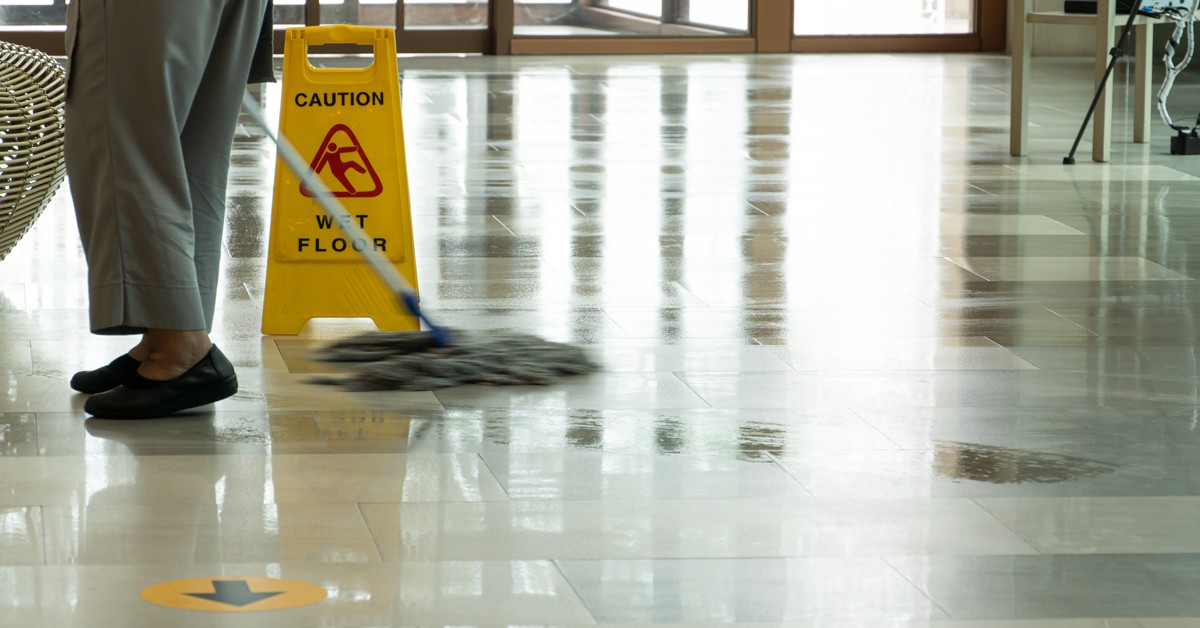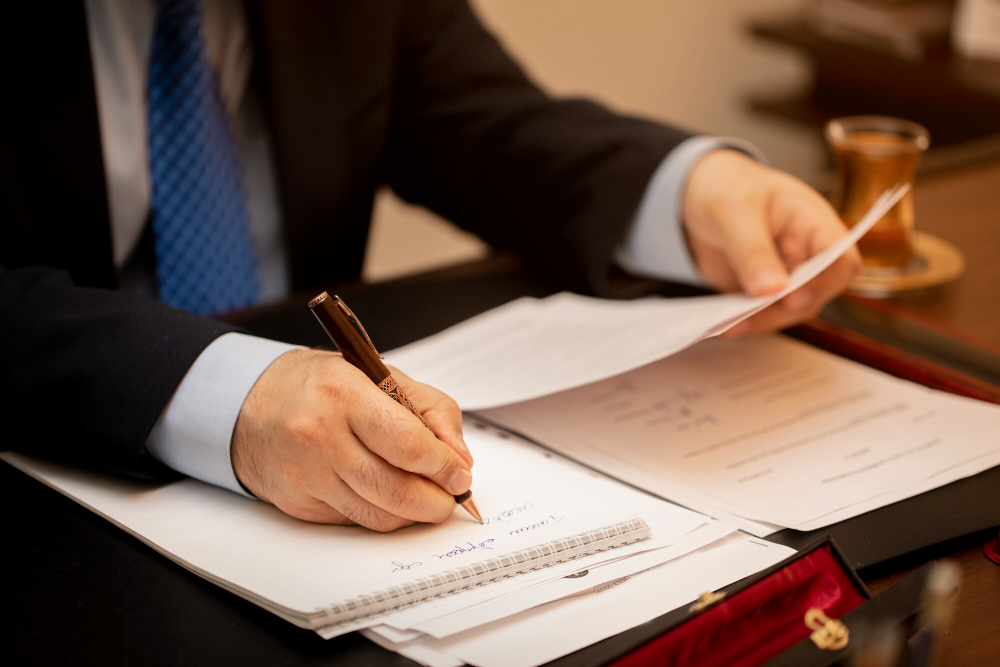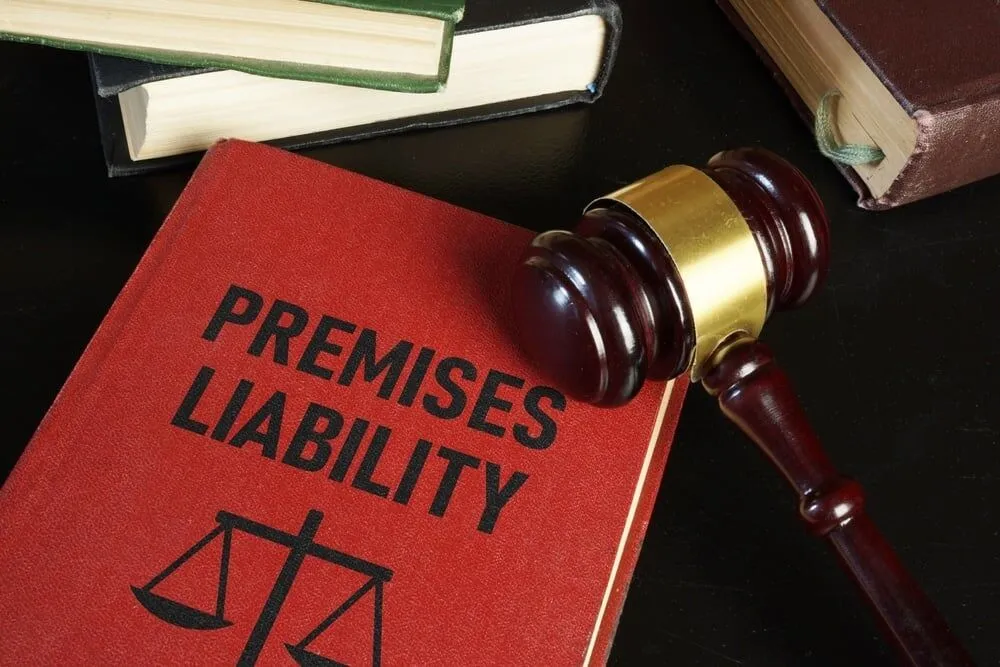Florida slip and fall cases often appear straightforward at first glance, yet the legal structure beneath these incidents is far more intricate. Each claim is shaped by a blend of statutory rules, case law, and factual nuance. Understanding this architecture is essential for anyone injured in a fall, because a successful premises liability case depends on proving more than the existence of a hazard. Chalik and Chalik, who represent injured individuals throughout Florida, regularly emphasize that the strength of a claim often lies in the details that most people overlook.
The foundation of any slip and fall claim is Florida Statutes section 768.0755. This statute requires a plaintiff to establish that a business had actual or constructive knowledge of a dangerous condition. Constructive knowledge is particularly important because businesses rarely admit that they knew about a spill or defect. Instead, courts look for circumstantial evidence such as the amount of time a hazard existed or whether the condition occurred with regularity. Many of the same analytical considerations apply when reviewing incidents in major retailers, including those explored in legal discussions of Walmart slip and fall claims. Such examinations help illustrate how Florida courts evaluate routine spill environments.
Establishing constructive knowledge requires meticulous evidence gathering. Photo documentation, surveillance footage, witness accounts, and maintenance logs often become central pieces of a larger legal puzzle. For example, if a liquid spill shows dirt, footprints, or track marks, it may indicate that it was present long enough for employees to have discovered it. Conversely, a clean spill with no signs of disturbance may weaken the argument. This evidence based analysis is where experienced attorneys can make a critical difference by organizing facts into a persuasive narrative that aligns with Florida’s legal requirements.
Another critical component of Florida premises liability claims is comparative negligence. Florida follows a modified comparative negligence standard, which means a plaintiff’s recovery can be reduced if their own conduct contributed to the fall. If a claimant was distracted, wearing inappropriate footwear for the environment, or ignoring posted warnings, the defense may argue that these factors should reduce compensation. Evaluating such arguments requires a balanced approach that acknowledges potential contributing factors without diminishing the business’s overarching responsibility to maintain safe premises.
Businesses often rely on predictable defense strategies. One frequent tactic involves asserting that the hazard was transient and appeared too suddenly for employees to have reasonably addressed it. Another strategy challenges the plaintiff’s credibility by attacking their recollection of the event. Insurance carriers may attempt to minimize injuries by suggesting that a fall could not have caused significant harm. Understanding these defensive themes allows plaintiffs to prepare stronger evidence before negotiations even begin.
Medical documentation frequently plays a central role in countering these defenses. Slip and fall injuries may range from fractures to ligament tears to head trauma, and the true impact of these injuries is rarely obvious immediately after the accident. A thorough medical record helps establish causation, demonstrating that the fall directly resulted in the diagnosed injury. Courts expect this level of clarity because Florida law demands a causal link, and insurance companies are quick to challenge any gaps or inconsistencies in treatment history.
It is also essential to consider the environment in which the fall occurred. A spill in a busy supermarket aisle presents a different legal scenario than a puddle in a quiet retail corner. The frequency of hazards, the store’s cleaning protocols, and the typical flow of customer traffic all shape the legal analysis. Some of these considerations are explored in discussions on broader premises liability contexts, including analyses of Florida slip and fall legal responsibilities. Reviewing such discussions helps claimants understand the standards businesses are expected to uphold.
Another element often underestimated by injured individuals is the importance of immediately reporting the incident. A prompt report ensures that the business acknowledges the event and creates an official record. Delayed reporting can complicate matters, giving insurers room to question whether the fall happened as described. It can also result in lost evidence, such as overwritten surveillance footage or cleaned hazards that no longer reflect their original state.
Once a claim progresses into negotiation or litigation, the focus shifts from initial fact development to legal strategy. Attorneys must construct a coherent argument that connects hazard, knowledge, causation, and damages. This process requires not only legal knowledge but also the ability to convey technical information in a clear, compelling manner. Chalik and Chalik prioritize this approach by grounding arguments in both evidence and statutory requirements while advocating solely for injured individuals. Presenting a well structured case often encourages insurers to resolve claims fairly rather than risk litigation.
Ultimately, slip and fall cases in Florida are shaped by a complex interplay of facts and legal principles. Understanding how courts interpret constructive knowledge, how comparative negligence affects compensation, and how evidence can be used to support or undermine a claim empowers injured individuals to navigate the process more confidently. With informed guidance, a claimant can transform a disorienting event into a legally coherent narrative that meets Florida’s strict premises liability standards.




